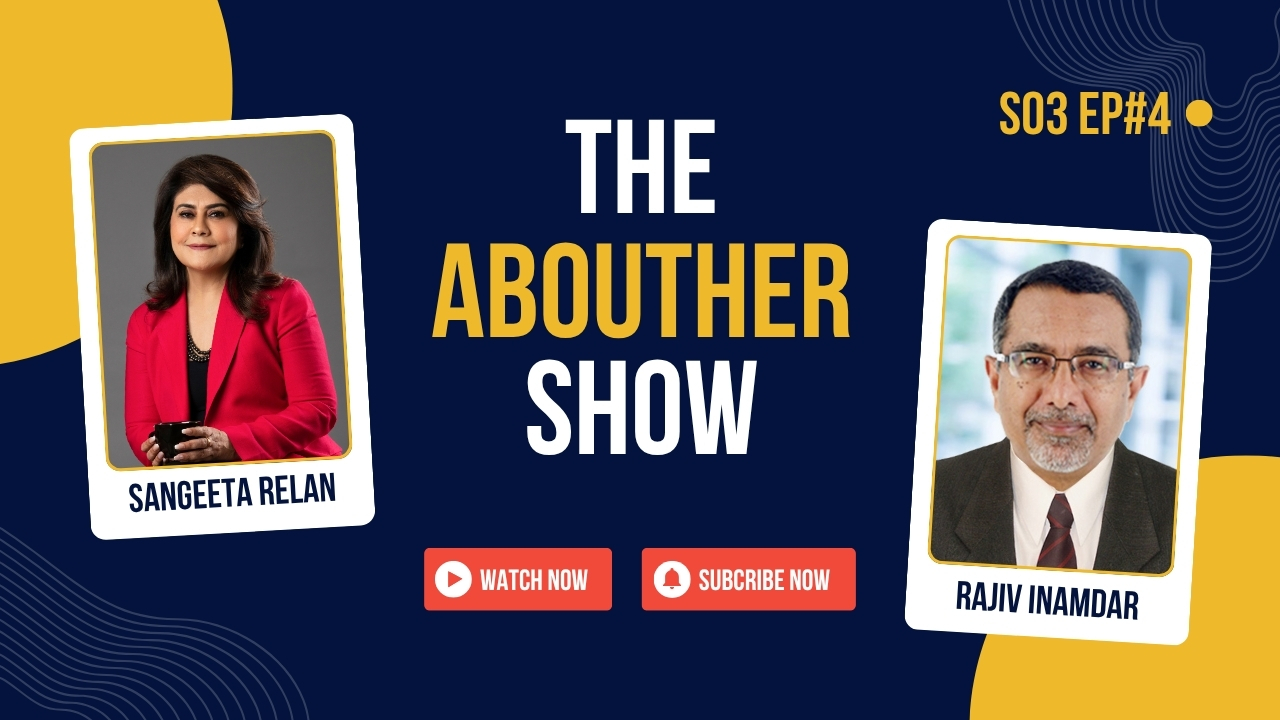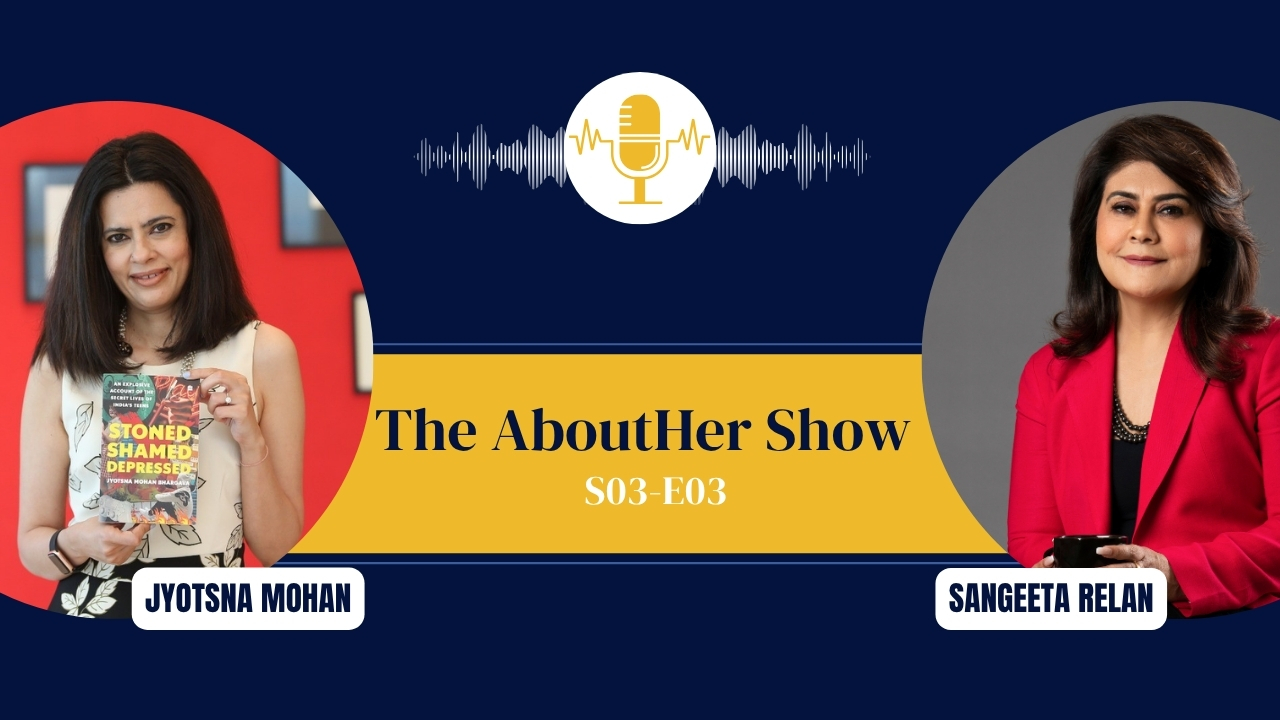Building Wealth, One Step at a Time: A Guide to Mutual Funds and Financial Empowerment – Part 2
Types of Mutual Funds Schemes and Their Objectives
Mutual funds offer a variety of schemes tailored to different investment goals, time horizons, and risk appetites. Understanding these types is crucial to choosing a fund that aligns with your financial objectives. In this article, we explore the classifications of mutual funds, their underlying portfolios, and their objectives to help you navigate this dynamic investment landscape.
Classifications of Mutual Funds
Mutual funds can be broadly categorised based on their structure, management style, and portfolio composition. Let’s break these down.
1. Based on Organization Structure
- Open-Ended Schemes:
- Open-ended funds are perpetual and allow investors to buy or redeem units at any time at the prevailing Net Asset Value (NAV).
- These funds provide high liquidity and flexibility, making them suitable for investors who want easy access to their investments.
- Close-Ended Schemes:
- These funds have a fixed maturity period. Investors can buy units only during the initial offer period and redeem them upon maturity.
- Close-ended funds are listed on stock exchanges, allowing investors to exit by trading their units.
- Interval Schemes:
- Combining features of both open- and close-ended funds, interval schemes allow purchases and redemptions during specified transaction periods.
- These funds are also listed on stock exchanges to provide liquidity outside the transaction windows.
2. Based on Management Style
- Active Funds:
- In actively managed funds, the fund manager uses strategies to outperform the market or a specific benchmark.
- These funds aim for higher returns but come with higher management fees.
- The fund manager actively decides which securities to buy, hold, or sell.
- Passive Funds:
- Passive funds replicate the performance of a standard index or benchmark, such as Nifty 50 or Sensex.
- These funds require minimal management, resulting in lower expense ratios.
- Examples include Index Funds and Exchange-Traded Funds (ETFs), which are ideal for cost-conscious investors seeking steady returns.
Also Read: Building Wealth, One Step at a Time: A Guide to Mutual Funds and Financial Empowerment – Part 1
3. Based on Investment Objectives
Investment objectives vary among mutual fund schemes, depending on whether the focus is on growth, income, or liquidity.
- Growth Funds:
- Designed for long-term capital appreciation, growth funds primarily invest in equities.
- These funds are suitable for investors with a higher risk appetite and a long-term investment horizon.
- Returns can be volatile in the short term due to market fluctuations.
- Income Funds:
- These funds aim to provide a regular and steady income by investing in fixed-income securities such as corporate bonds and government securities.
- They are ideal for conservative investors seeking stability and predictable returns.
- Liquid and Money Market Funds:
- These funds invest in short-term securities with maturities of up to 91 days, ensuring liquidity and safety.
- They are ideal for parking surplus funds for short durations while earning modest returns.
Understanding Total Expense Ratio (TER)
The Total Expense Ratio (TER) refers to the costs incurred by a mutual fund to manage the scheme, expressed as a percentage of its daily net assets. It includes expenses such as fund management fees, administrative costs, and marketing expenses.
Key Insights:
- Lower TER results in higher NAV, making the fund more cost-efficient for investors.
- When comparing funds, TER is a critical parameter, as higher expenses can eat into returns over time.
Types of Mutual Fund Portfolios
Mutual funds can also be categorised based on their underlying assets, offering investors various options to match their financial goals and risk tolerance.
1. Equity Funds
Equity funds invest primarily in equities and equity-related instruments. They aim for long-term growth and are suitable for investors with a higher risk tolerance.
Key Categories of Equity Funds (as per SEBI guidelines):
- Large-Cap Funds: Invest at least 80% in large-cap stocks.
- Mid-Cap Funds: Invest at least 65% in mid-cap stocks.
- Small-Cap Funds: Invest at least 65% in small-cap stocks.
- Sectoral Funds: Focus on specific sectors such as healthcare, technology, or banking.
- Thematic Funds: Invest in companies aligned with a specific theme, such as infrastructure or sustainability.
- Equity-Linked Savings Scheme (ELSS): A tax-saving fund with at least 80% in equities and a three-year lock-in period.
2. Debt Funds
Debt funds invest in fixed-income securities such as bonds, debentures, and government securities. These funds offer stable returns and are suitable for conservative investors.
Key Categories of Debt Funds:
- Liquid Funds: Invest in securities with maturities of up to 91 days.
- Corporate Bond Funds: Invest at least 80% in high-rated corporate bonds.
- Credit Risk Funds: Invest at least 65% in lower-rated corporate bonds, offering higher returns but with greater risk.
- Short-Term Debt Funds: Focus on securities with shorter maturities, offering lower risk and moderate returns.
3. Hybrid Funds
Hybrid funds invest in a mix of equity and debt, offering a balance between growth and income. They are suitable for investors seeking moderate risk with steady returns.
SEBI has classified hybrid funds as follows:
- Conservative Hybrid Fund: Invests 10–25% in equities and the rest in debt.
- Balanced Hybrid Fund: Invests 40–60% in equities and the rest in debt.
- Aggressive Hybrid Fund: Invests 65–80% in equities and the rest in debt.
- Dynamic Asset Allocation Fund: Adjusts equity and debt exposure dynamically based on market conditions.
4. Specialised Funds
Some funds focus on specific goals or sectors, catering to niche investor needs:
- Sectoral Funds:
- Invest in specific sectors like pharmaceuticals, technology, or FMCG.
- These funds carry higher risk due to limited diversification.
- Thematic Funds:
- Focus on broader themes such as infrastructure, sustainability, or government policies.
- These funds are more diversified than sectoral funds, reducing risk.
- Equity-Linked Savings Schemes (ELSS):
- A tax-saving fund with a lock-in period of three years.
- Eligible for deductions under Section 80C of the Income Tax Act.
Also Read: Essential Financial Planning Tips for Women
Why Investment Objectives Matter
Choosing a mutual fund based on your financial objectives and time horizon is critical. For example:
- If you’re looking for long-term capital growth, equity funds or aggressive hybrid funds are a good fit.
- If you need regular income, debt funds or income-oriented schemes are ideal.
- For short-term liquidity, liquid funds or money market funds are best.
- To save on taxes, ELSS offers both growth potential and tax benefits.
Conclusion
Mutual funds provide a wide array of schemes to match diverse investment objectives. By understanding the classifications, portfolio compositions, and investment goals of mutual funds, you can make informed decisions to achieve your financial aspirations.
In the next article, we’ll explore the practical aspects of investing in mutual funds, including risk factors, the difference between Direct and Regular plans, and debunking common myths. Stay tuned!
Share This On Social
![Sangeeta-Relan-AH-525×410[1]](https://slategray-flamingo-696901.hostingersite.com/wp-content/uploads/2024/06/Sangeeta-Relan-AH-525x4101-1.jpeg)
I’m Sangeeta Relan—an educator, writer, podcaster, researcher, and the founder of AboutHer. With over 30 years of experience teaching at the university level, I’ve also journeyed through life as a corporate wife, a mother, and now, a storyteller.
Recent Posts


















